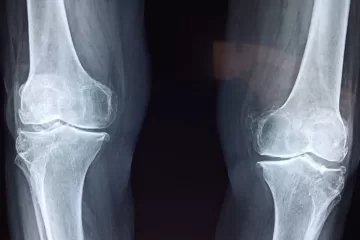Nonspeaking autism and body language
Published by Tony Attwood on
Nonspeaking autism and body language
Autistic children and adults who do not develop speech can express their thoughts and feelings by body language. There can be conventional body language but also the development of unusual or autistic mannerisms whose communicative intent is interpreted by a parent or teacher. These ‘signature’ mannerisms can express emotions such as happiness by literally jumping with joy and a happy ‘dance’, anxiety by rocking and pacing and agitation by biting their hand or arm. The mannerisms have a message that can include:
I’m happy
I don’t know what to do
Leave me alone
Please help me
I feel anxious and stressed
We recommend that parents and teachers record on their mobile or cell phone the mannerisms that express different dimensions and levels of emotion and specific thoughts. These could be the body language that express different levels of happiness such as finger movements that resemble playing a piano at a low level of happiness to jumping up and down with intense excitement. It will be important to record the mannerisms that indicate increasing levels of agitation that precede a meltdown. The strategy is to create a ‘foreign phrase’ dictionary of mannerisms that ‘translates’ the action so that parents and teachers can respond appropriately.
Some autistic mannerisms have been conceptualised as examples of ‘stimming’ and that they must be inhibited. However, the mannerisms often have a constructive purpose to reduce stress and nervous energy. A speaking autistic person described how his mannerisms can “release the pressure that’s built up inside me, as though a weight has been lifted from my chest” Intervention can encourage a range of appropriate alternative stress reduction actions.
There are mannerisms that are mesmerising and created to reduce sensory sensitivity. Temple Grandin described how:
“Intensely preoccupied with the movement of the spinning coin or lid, I saw nothing or heard nothing. People around me were transparent and no sound intruded on my fixation. It was as if I was deaf. Even a sudden loud noise didn’t startle me from my world. But when I was in the world of people, I was extremely sensitive to noise” Grandin and Scariano 1986.
We recognise that there can be a mind-body division associated with autism and some mannerisms can be a way of achieving a mind-body connection. Some mannerisms serve the function of ‘starting the engine’ or ‘changing gear’, a behavioural prosthesis for a movement disorder. An autistic child may also engage in spinning and twirling as a form of choreography or ‘dance’ that is an enjoyment of freedom of movement and being able to control your body.
In summary, the mannerism have both a message and a purpose and it is important that we ‘read’ the autistic child or adults body language to enhance their ability to communicate their thoughts, feelings and experiences.
References
Grandin, T. and Scariano, M. (1986). Emergence: Labelled Autistic. Novato, California: Arena Press.


